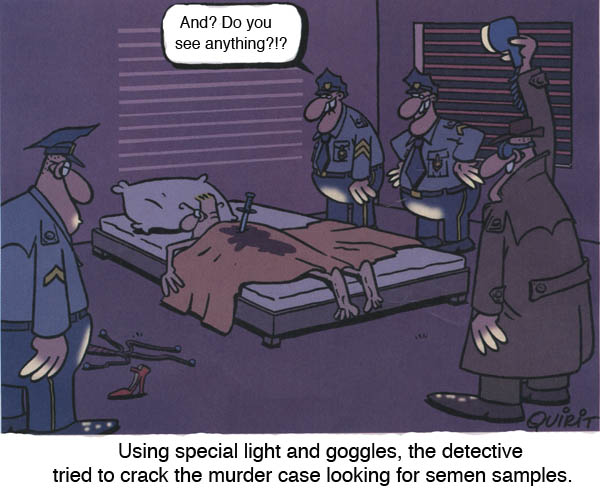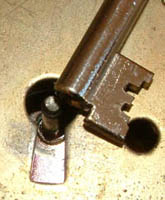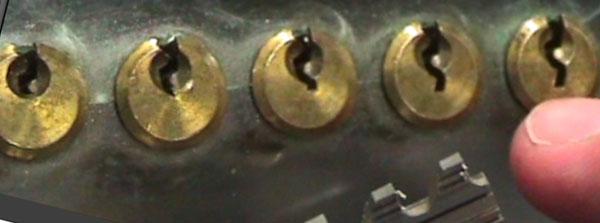As mentioned a couple of weeks ago, Toool visited the Dutch Ankerslot factory.
It is nice to see they have come up with some clever techniques to solve problems.
Take for instance their electro-mechanical lock. Their system uses both a mechanical protection as well as an RFID chip. As being pioneers in this area (in the Netherlands?), they encountered the problem of welding/glueing RFID elements in the head of a key.
If the glue is too aggressive, or if the temperature to weld the two parts together is too hot, the RFID element could be damaged. And then there is the risk of the head of the key splitting apart, causing the user to loose the RFID chip.
The way Ankerslot solved this is by ultrasonic welding. Two plastic elements are rubbed against each other at very high speed, causing them to become very hot for a very short period of time, on a very specific area.
This fast rubbing causes a nasty high tone squeak. But after this short burst, the parts are stuck together in a way they will never be separated again.
As always I shot some video of this process (Quicktime 7 Mb or click the above youtube clip).
And WikiPedia has the answers for people who really want to know everything about Ultrasonic welding.






